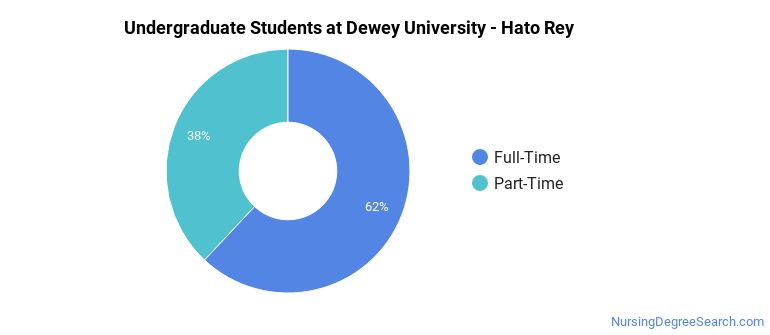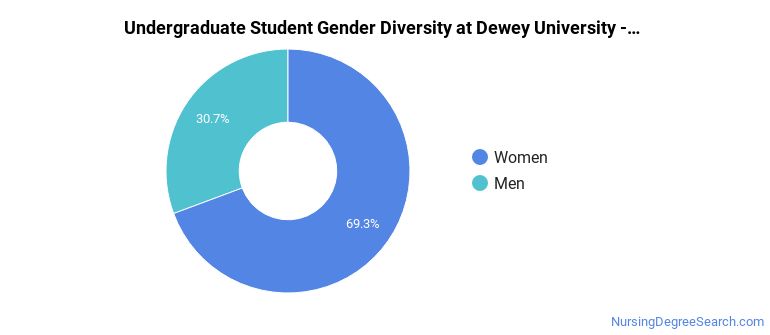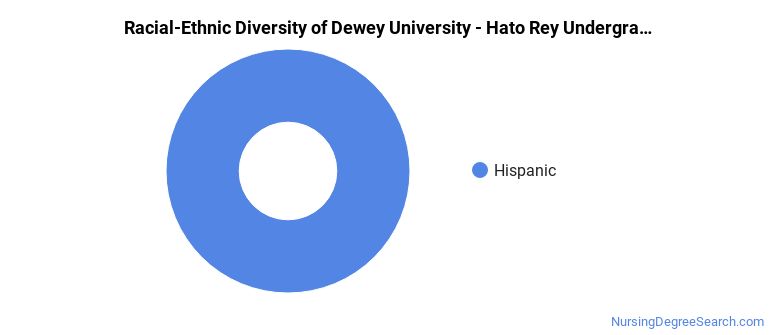Dewey University - Hato Rey Nursing Programs
Located in Hato Rey, Puerto Rico, Dewey University - Hato Rey is a private not-for-profit institution. The location of the school is great for students who enjoy the amenities of city life.
Where Is Dewey University - Hato Rey?

Contact details for Dewey University - Hato Rey are given below.
| Contact Details | |
|---|---|
| Address: | Barbosa Ave #427 3Rd Floor - Malco Bldg, Hato Rey, PR 00910 |
| Phone: | 787-710-8999 |
| Website: | dewey.edu |
Can I Afford Dewey University - Hato Rey?
Student Loan Debt
While almost two-thirds of students nationwide take out loans to pay for college, the percentage may be quite different for the school you plan on attending. At Dewey University - Hato Rey, approximately 24% of students took out student loans averaging $4,236 a year. That adds up to $16,944 over four years for those students.
Dewey University - Hato Rey Undergraduate Student Diversity

There are also 164 graduate students at the school.
Gender Diversity
Of the 225 full-time undergraduates at Dewey University - Hato Rey, 31% are male and 69% are female.

Racial-Ethnic Diversity
The racial-ethnic breakdown of Dewey University - Hato Rey students is as follows.

| Race/Ethnicity | Number of Grads |
|---|---|
| Asian | 0 |
| Black or African American | 0 |
| Hispanic or Latino | 225 |
| White | 0 |
| International Students | 0 |
| Other Races/Ethnicities | 0 |
Dewey University - Hato Rey Nursing Concentrations
The table below shows the number of awards for each concentration.
| Major | Associate’s | Bachelor’s | Master’s | TOTAL |
|---|---|---|---|---|
| Nurse Anesthetist | 0 | 0 | 28 | 28 |
| Registered Nursing | 14 | 14 | 0 | 28 |
| Clinical Nurse Specialist | 0 | 0 | 7 | 7 |
| Critical Care Nursing | 0 | 0 | 6 | 6 |
| Psychiatric/Mental Health Nurse/Nursing | 0 | 0 | 6 | 6 |
| Emergency Room/Trauma Nursing | 0 | 0 | 4 | 4 |
| TOTAL | 14 | 14 | 51 | 79 |
References
*The racial-ethnic minorities count is calculated by taking the total number of students and subtracting white students, international students, and students whose race/ethnicity was unknown. This number is then divided by the total number of students at the school to obtain the racial-ethnic minorities percentage.
More about our data sources and methodologies.
